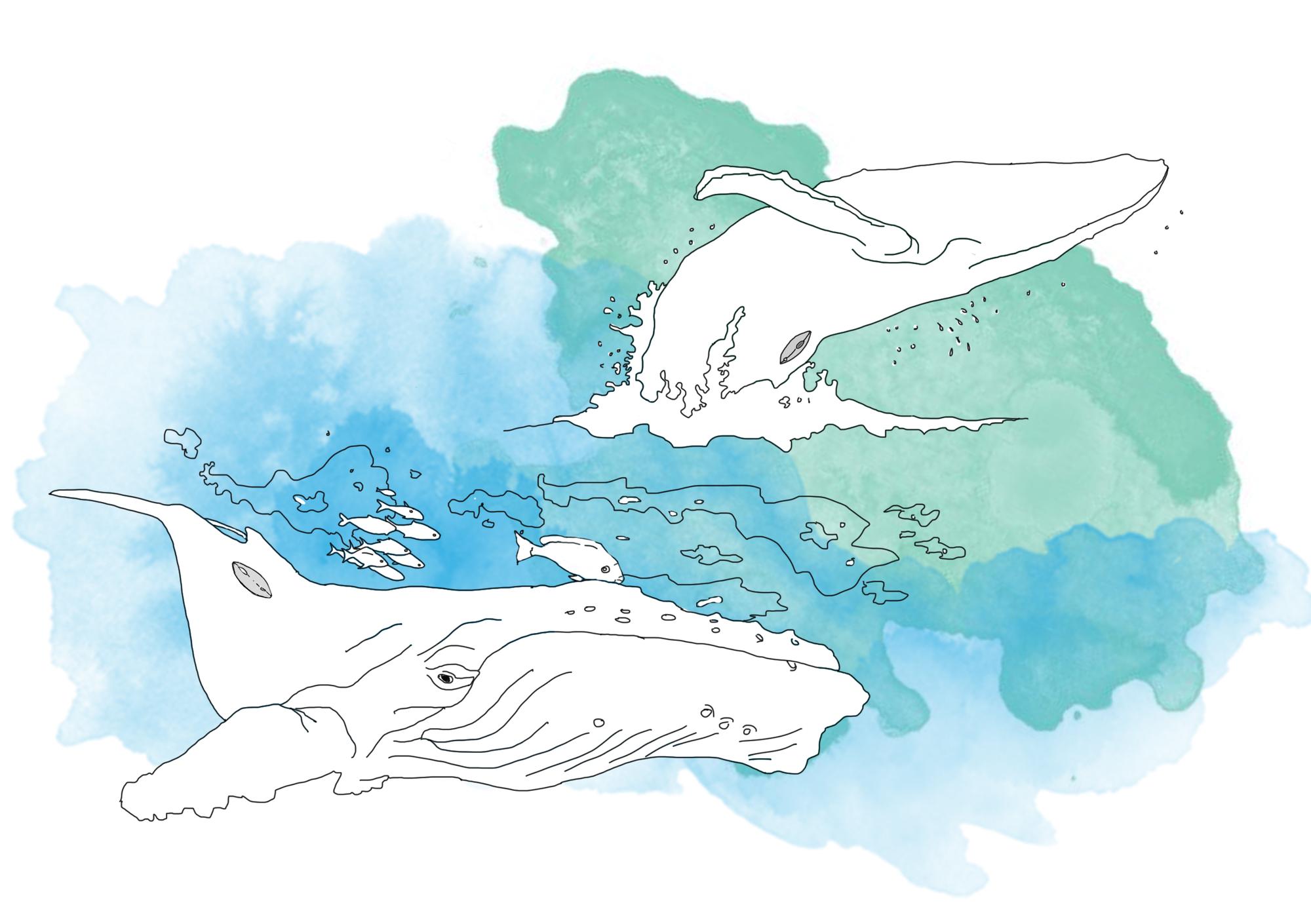Portfolio
Augmented Nature
Planetary Care
Project
2018
Planetary Care
Project
2018
In collaboration with Mick Geerits, Duncan Carter and Arthur Gouillart. Illustrations by Mathilde Heu. The project was developed in close collaboration with the Morphological Computation Lab at Imperial College London.
The 6th Mass Extinction
The rate of extinction is 1000 times higher than it used to be before humans. One species goes extinct every 5 minutes. Over the past 30 years 75% of all insects went extinct. 95% of all large predatory fish that roamed the seas are now gone.
Augmented Nature is a set of speculative robotic tools that help animals adapt to the mass extinction. The tools enhance the capacities of so-called Ecosystem Engineer species to reclaim and change their own habitats. The project proposes an active and animal-centered alternative to the current conservation efforts. Nature is a dynamic system and evolution is as much driven by species adapting to change as it is by species transforming their environment. By actively enhancing these types of capabilities in the endangered ecosystem engineers we aim to provide an answer to the sharp decline in biodiversity. The approach is explained through two case studies.
The first case study is on the Humpback whale, which is an ecosystem engineer due to the whale pump mechanism. Whales carry nutrients, such as nitrogen, from the depths where they feed, back to the surface via their feces. This transfer allows for more phytoplankton to grow at the surface, which is the basis of the entire food web. However, whales are at risk due to climate change, ship collisions and ocean acidification. Additionally, ship engines and sound explosions interfere with their vocalisations and disorient them.
The 6th Mass Extinction
The rate of extinction is 1000 times higher than it used to be before humans. One species goes extinct every 5 minutes. Over the past 30 years 75% of all insects went extinct. 95% of all large predatory fish that roamed the seas are now gone.Augmented Nature is a set of speculative robotic tools that help animals adapt to the mass extinction. The tools enhance the capacities of so-called Ecosystem Engineer species to reclaim and change their own habitats. The project proposes an active and animal-centered alternative to the current conservation efforts. Nature is a dynamic system and evolution is as much driven by species adapting to change as it is by species transforming their environment. By actively enhancing these types of capabilities in the endangered ecosystem engineers we aim to provide an answer to the sharp decline in biodiversity. The approach is explained through two case studies.
Humpback Whale Case study
The first case study is on the Humpback whale, which is an ecosystem engineer due to the whale pump mechanism. Whales carry nutrients, such as nitrogen, from the depths where they feed, back to the surface via their feces. This transfer allows for more phytoplankton to grow at the surface, which is the basis of the entire food web. However, whales are at risk due to climate change, ship collisions and ocean acidification. Additionally, ship engines and sound explosions interfere with their vocalisations and disorient them.
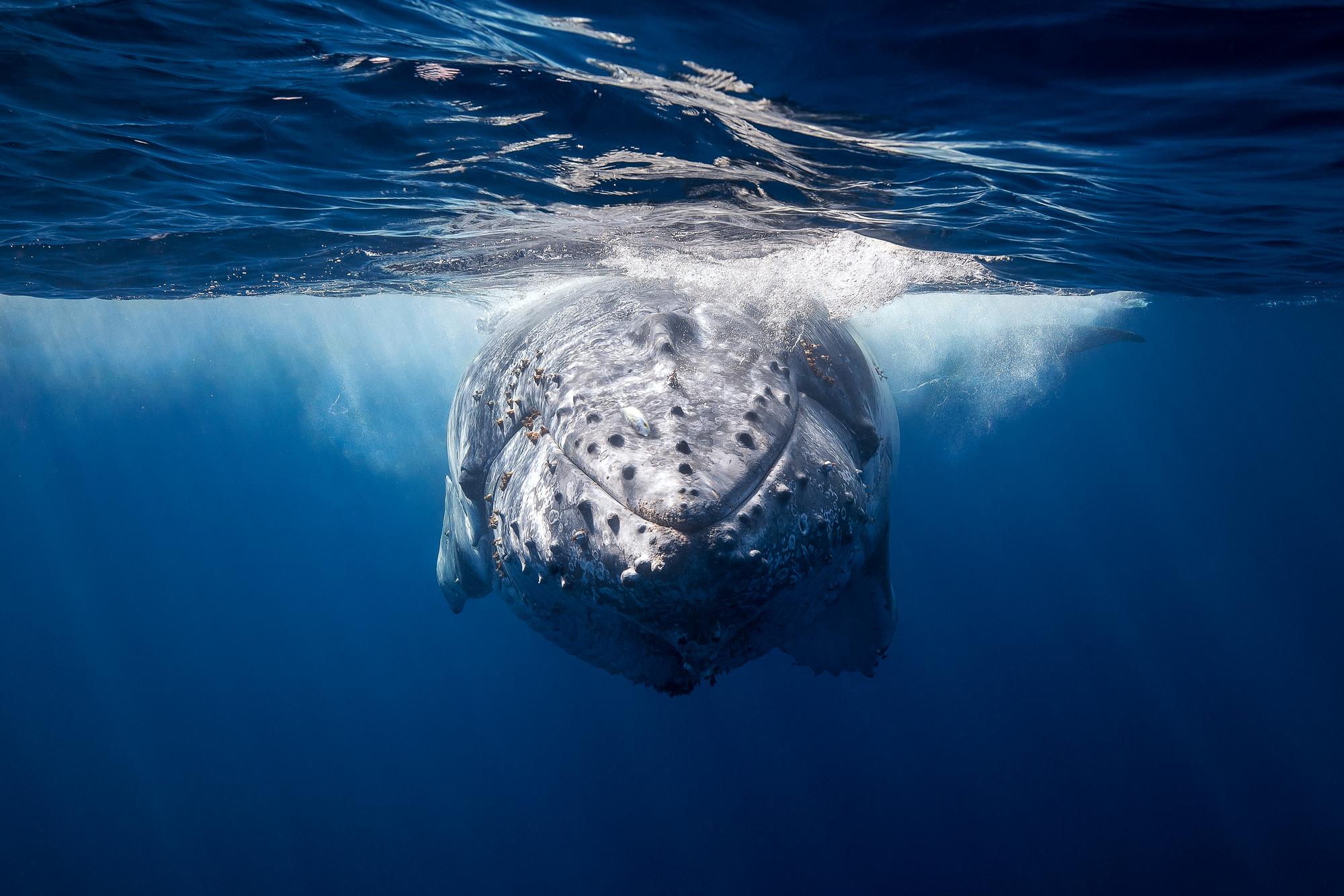
Whale biotag
Current advances in biologging technology have enabled scientists to passively gather ocean data and shed more light on whale behaviours. The proposed biotag is attached to the whale, just like current data-logging tags, but it does more than just measuring data on noise, depth and position. With its integrated underwater speaker, the tag can actively communicate with the whale through sound. The biologging tag contains a hydrophone to pick up ocean sounds, an underwater speaker, a GPS receiver and can be charged wirelessly. It can inform the whale on positions of nearby ships and prompt it to avoid them in both the short and long term. By strategically placing nutrients, whales can then create new habitats outside shipping routes.
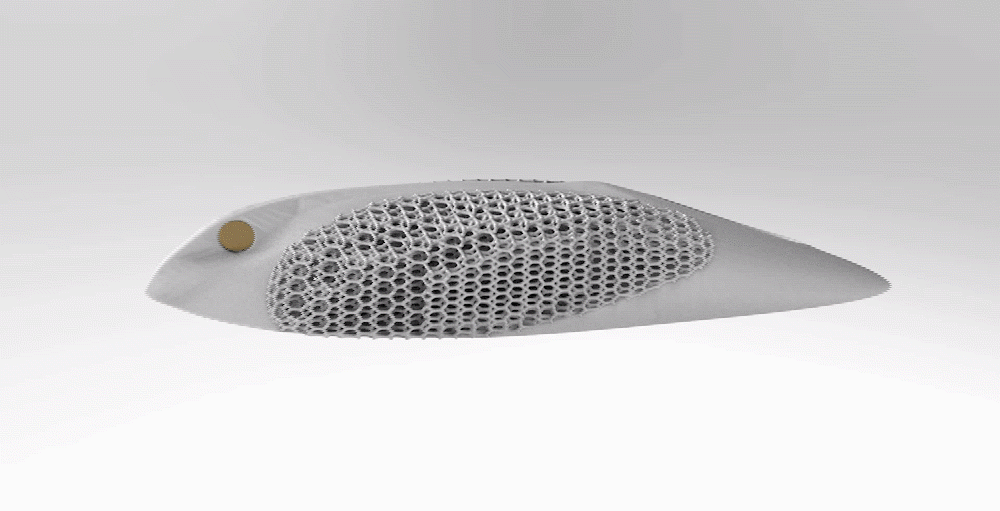
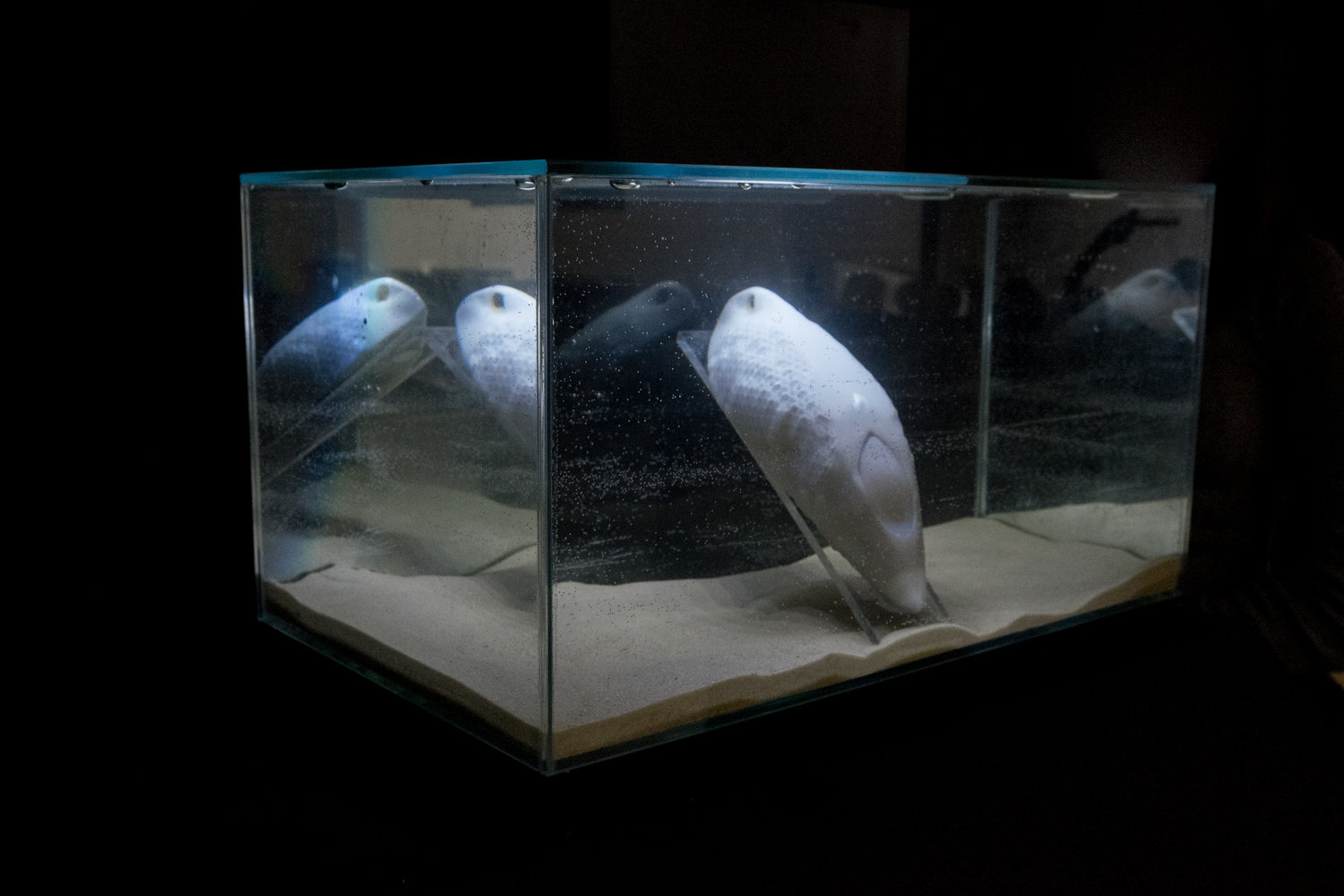
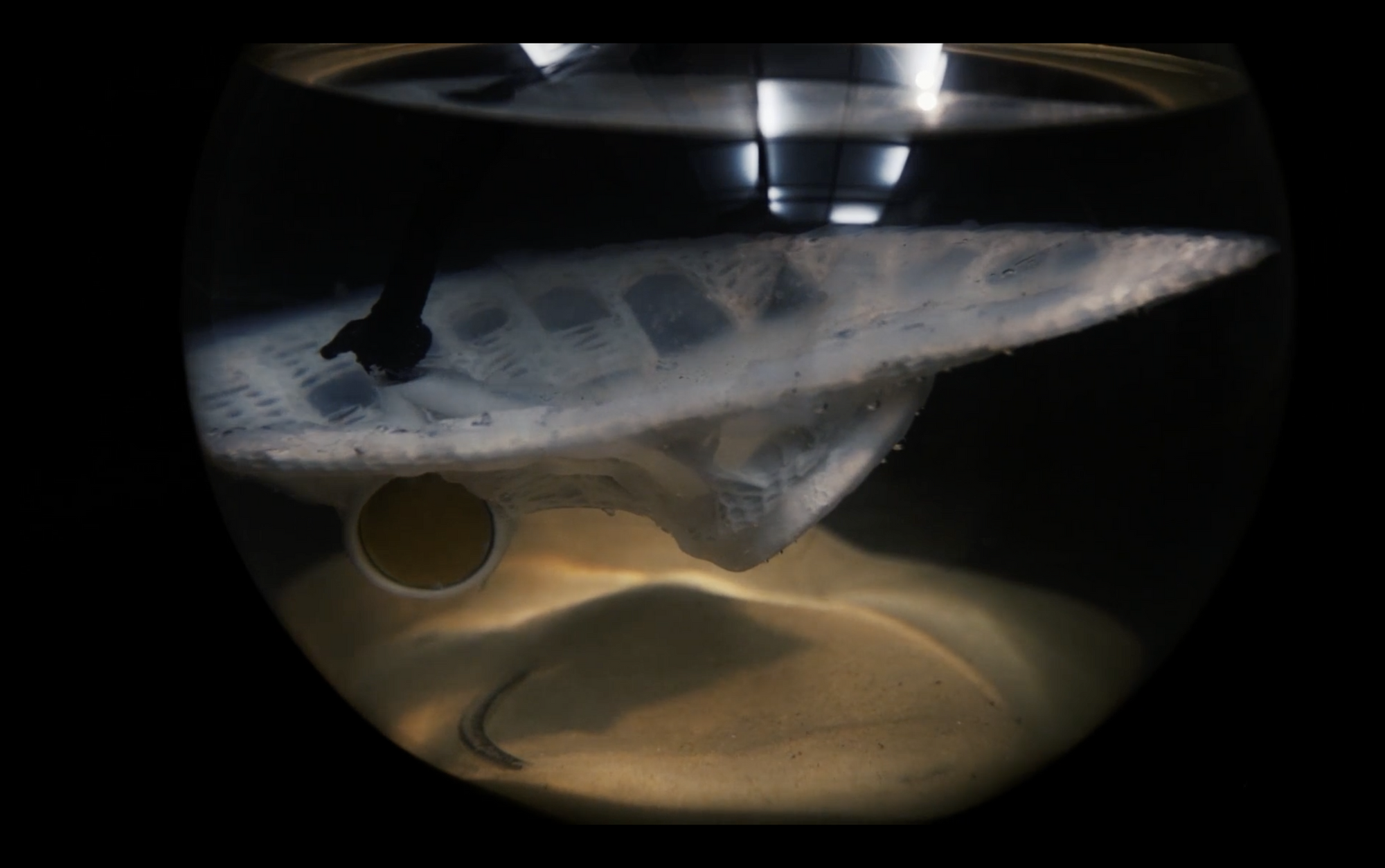
How may it work?
Humpbacks are fishing under dangerous and noisy shipping lanes.

Sound from the tags nudges the whales away from ships.

Whales can now strategically transfer nutrients and create new habitats.
